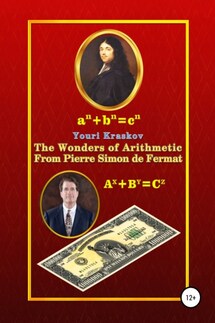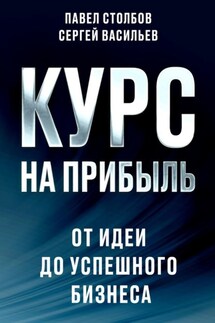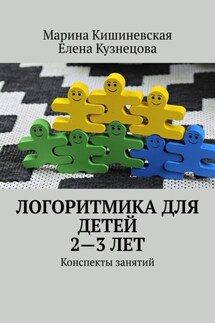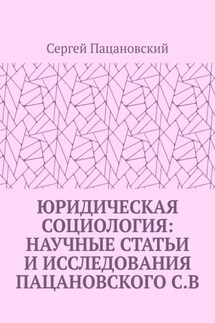The Wonders of Arithmetic from Pierre Simon de Fermat - страница 46
cases gives a number also consisting the sum of two squares.
The converse is also true: if it is given a composite number being the sum of two squares then it cannot have prime factors that are not the sum of two squares. This is easily to make sure from the identity
(a>2+b>2)(c>2+d>2)=(ac+bd)>2+(ad−bc)>2=(ac−bd)>2+(ad+bc)>2
Then from (a>2+b>2)(a>2+b>2)=(aa+bb)>2+(ab−ba)>2=(a>2−b>2)>2+(ab+ba)>2 it follows that the square of a number consisting the sum of two squares, gives not two decompositions into the sum of two squares (as it should be in accordance with the identity), but only one, since (ab−ba)2= 0 what is not a natural number, otherwise any square number after adding to it zero could be formally considered the sum of two squares.
However, this is not the case since there are numbers that cannot be the sum of two squares.
As Pierre Fermat has established, such are all numbers containing at least one prime factor of type 4n − 1. Now from
a>2−b>2=c; ab+ba=2ab=d; (a>2+b>2)>2=c>2+d>2
the final solution follows:
z>3=(a>2+b>2)>3=(a>2+b>2)(c>2+d>2)=x>2+y>2
where a, b are any natural numbers and all the rest are calculated as c=a>2−b>2; d=2ab; x=ac−bd; y=ad+bc (or x=ac+bd; y=ad−bc). Thus, we have established that the original equation z>3=x>2+y>2 has an infinite number of solutions in integers and for specific given numbers a, b – two solutions.
It is also clear from this example why one of the Fermat's theorems asserts that:
A prime number in the form 4n+1 and its square can be decomposed into two squares only in one way; its cube and biquadrate only in two; its quadrate-cube and cube-cube only in three etc. to infinity.
4. The Fermat’s Last Theorem
4.1. The Thorny Path to Truth
4.1.1. The FLT up to now remains unproven
The scientific world has been at first learned about the FLT after publication in 1670 of “Arithmetic” by Diophantus with Fermat’s remarks (see Pic. 3 and Pic. 96 from Appendix VI). And since then i.e. for three and a half centuries, science cannot cope with this task. Moreover, perhaps this is namely why the FLT became the object of unprecedented falsification in the history of mathematics. It is very easily to verify this since the main arguments of the FLT “proof” 1995 are well known and look as follows.
If the FLT were wrong, then there would be exist an elliptical “Frey curve” (???): y>2=x(x−a>n)(x+b>n) where a>n+b>n=c>n. But Kenneth Ribet has proven that such a curve cannot be modular. Therefore, it suffices to obtain a proof of the Taniyama – Shimura conjecture, that all elliptic curves must be modular, so that it simultaneously becomes a proof of the FLT. The proof was presented in 1995 by Andrew Wiles who became the first scientist that allegedly has proven the FLT.
However, it turns out that the “Frey curve" and together with it the works of Ribet and Wiles have with the FLT nothing to do at all!!!44 And as regards the “proof” of A. Wiles the conjecture of Taniyama – Shimura, he also himself admitted45 that one needs much more to learn (naturally, from Wiles) in order to understand all of its nuances, setting forth on 130 pages (!!!) of scientific journal "Annals of Mathematics". Quite naturally that after the appearance of such exotic “proof”, scientists cannot come to their senses from such a mockery of science, the Internet is replete with all sorts of refutations,46 and there is no doubt that any generally accepted proof of the FLT still does not exist.






